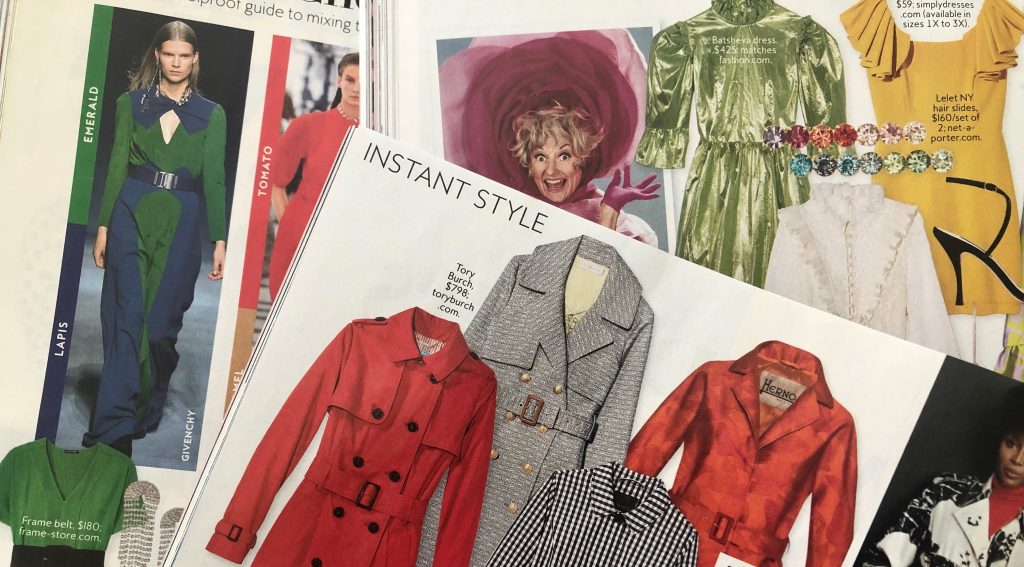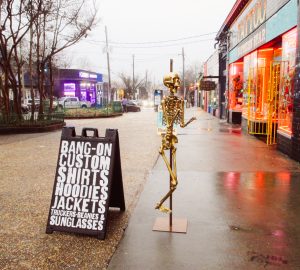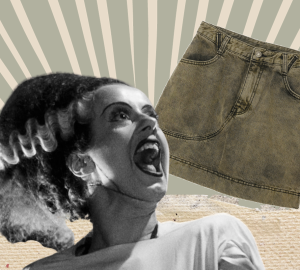From exaggerated silhouettes to biker shorts, we’re not the originators

Trends can be described as the elements of an industry that reflect an era’s attitude, ideals and behavior. They are characterized as such due to their subsequent popularity and the level of interest and consumption by the general public.
The cycle of a trend generally begins with Fashion Week: every season, designers showcase creations that serve the purpose of a guide — think of it like a look book. The audience, which can include influencers and professionals, then have the task of deciding whether to welcome or reject them.
According to a trend report by Marie Claire, some of 2018’s most prominent fashion trends were dad sneakers, biker shorts, PVC garments and fanny packs. One can notice how these items were introduced in previous decades.
The 70s defined the flower power concept with loose fitting garments that displayed a movement centered around the appreciation of bodies being free and comfortable. Clothing produced at this time was inspired by this mindset of zero rules, rebellion and disregard for the norm.
While the 80s were about accentuating or exaggerating certain body features, looking flawless was the main goal. This decade featured dramatic shoulder pads, brazen metallics, bold colors, polka dots and glam rock. Because the people opted for glamour and appearance, garments were tailored to this need.
Fast forward to the 2000s — what do our current trends say about us? Replicating previous styles leaves our contemporary fashion industry undefined.
Consider the bike short. Many applauded designer Kanye West when he reintroduced them during his Yeezy Season 6 Collection last year. But make no mistake: it was a style started out by Princess Diana as her “off-duty” look in the ’90s.
Back then, it was a comfortable garment that gave off an on-the-go vibe. Last year, bike shorts were styled with distinct garments that reflect society’s current state, being that of doubt and indecision.
A majority of the garments seen in magazines, fashion shows and stores have existed before. But what makes them unique to our time is the way we perceive and translate them to represent our current way of life. Third-year fashion marketing and management student Ashley Cornett commented, “I feel like we draw a lot of inspiration from history, past icons and past eras. Animal print is so in right now, but that is not original. People can style it to make it original, but the staple pieces are not.”
The originality of a trend is not in its shape or style. While many pieces are not an original concept, they are used in a unique way by tying themselves to the essence of today’s consumer.






















